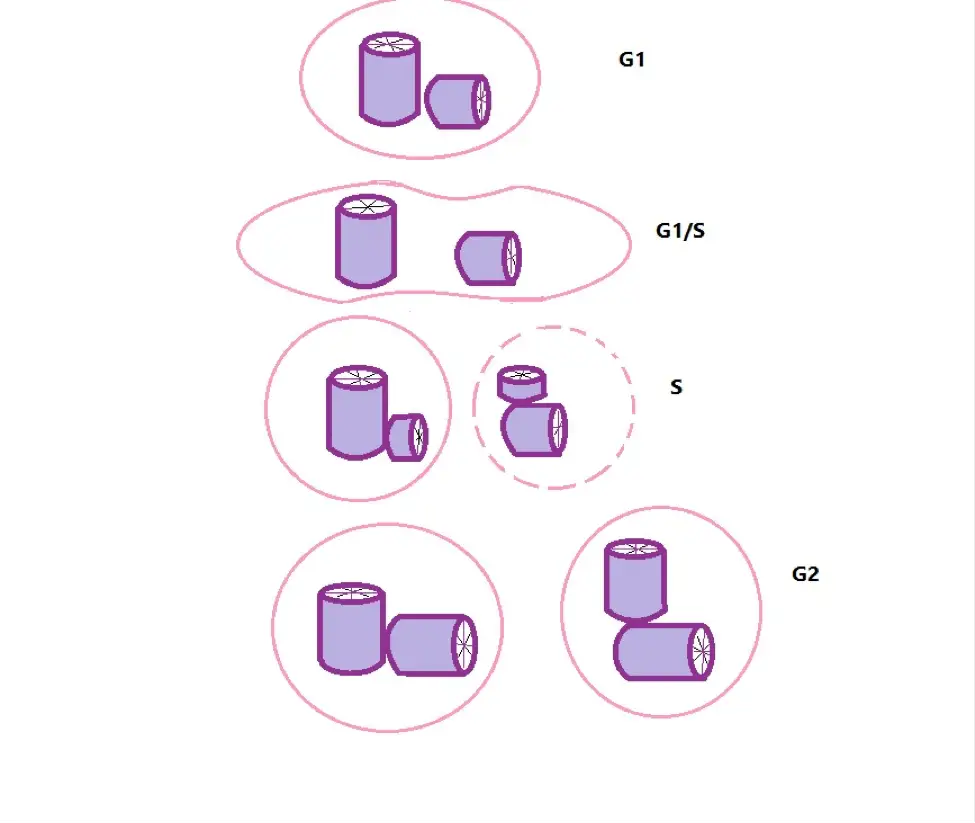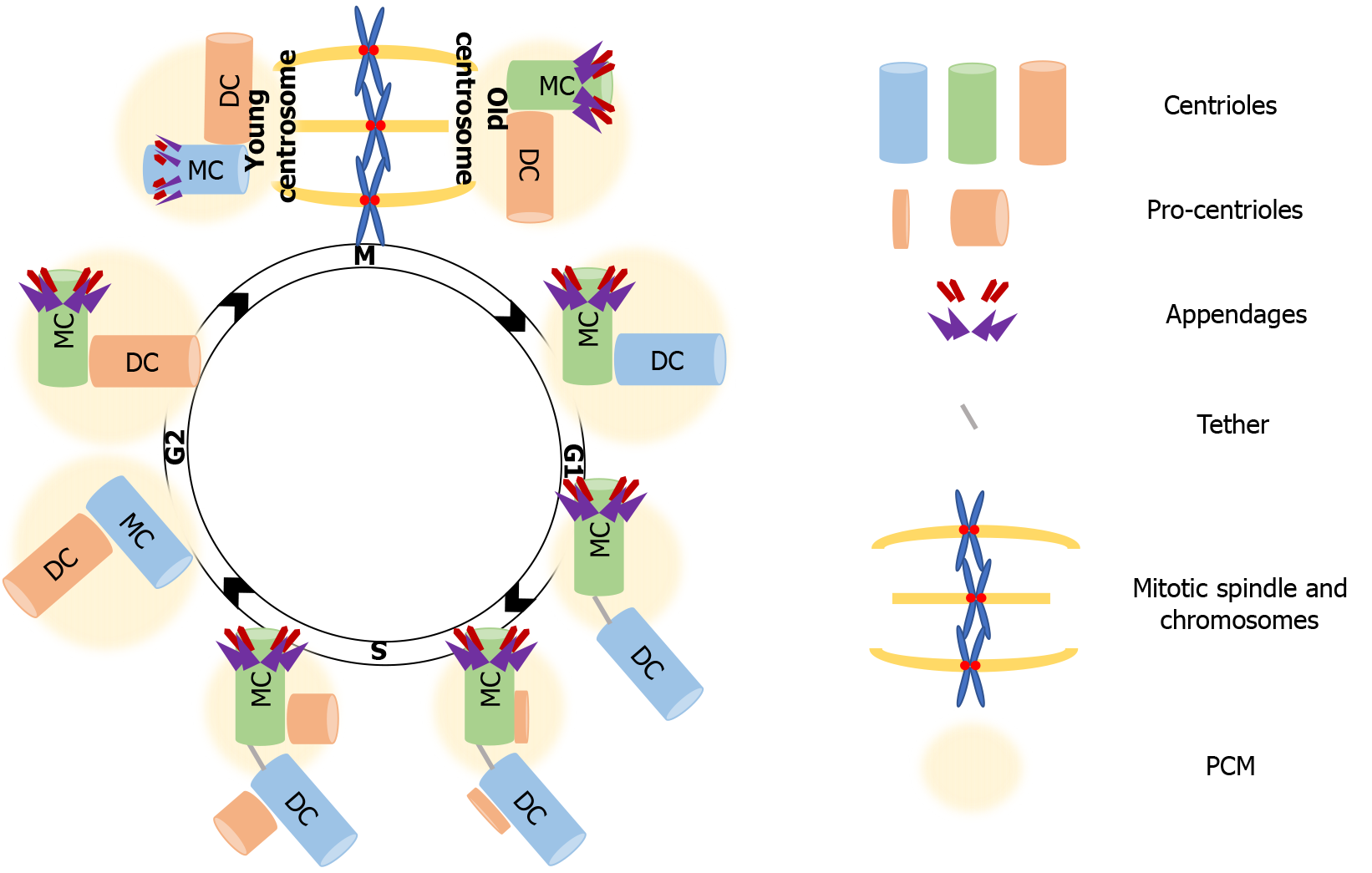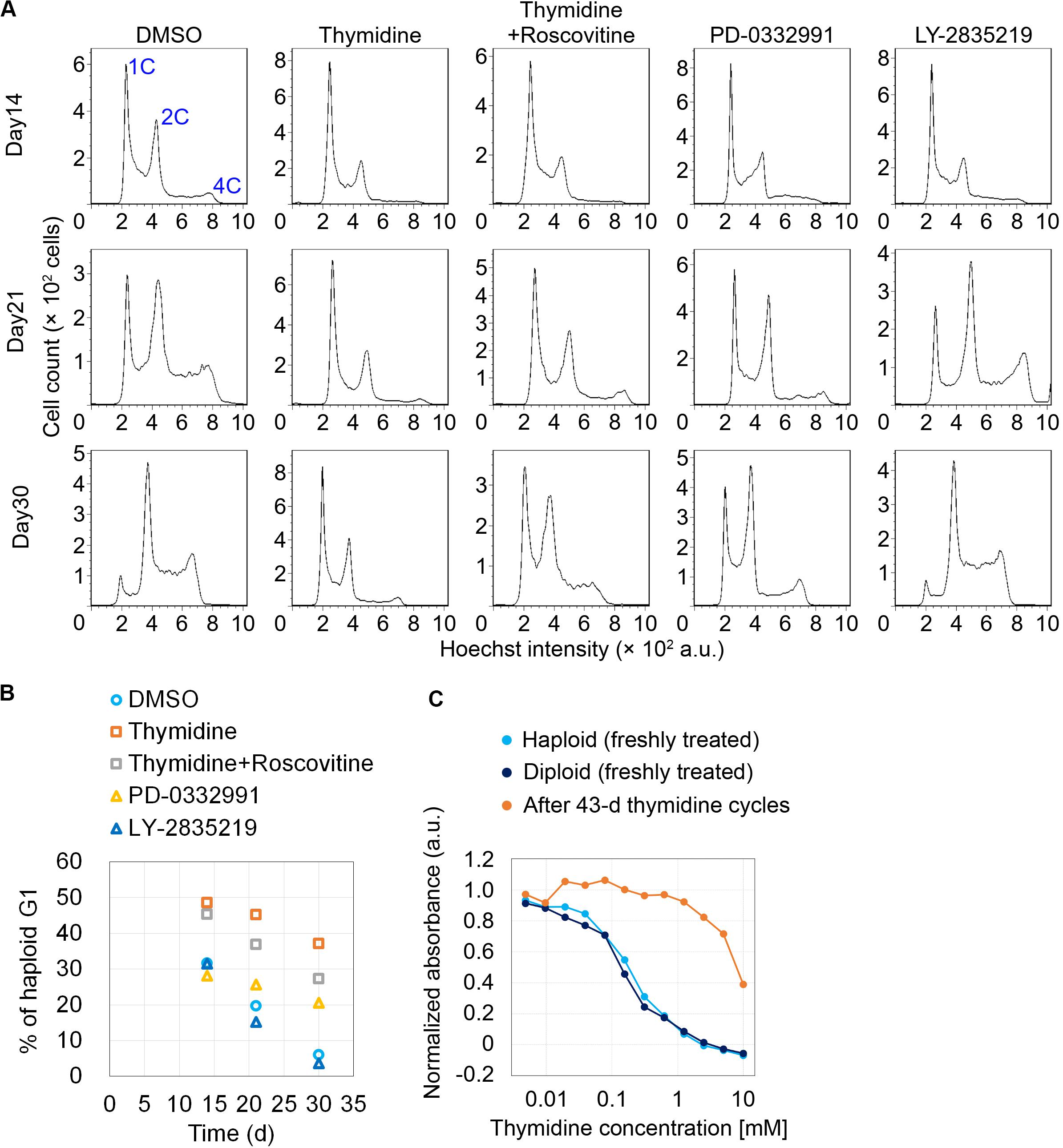Definition Location and Function Biology Diagrams We discuss spatial aspects of the centrosome duplication cycle, the mechanism of centriole assembly and the possible consequences of the inherent asymmetry of centrioles and centrosomes. However, centrosome duplication and segregation are two equally important events for the two new cells that must inherit a single centrosome. The centrosome, long considered the center of the cell, is made up of two small cylinders, the centrioles, made up of microtubules modified to acquire a very high stability.

The centrosome is most often defined by morphology, and since this morphology changes with the cell cycle, we will consider as the general case the centrosome of an animal cell in G1, prior to the initiation of centrosome duplication. Centrosomes are microtubule-organizing centres of animal cells. They influence the morphology of the microtubule cytoskeleton, function as the base for the primary cilium and serve as a nexus for important signalling pathways. At the core of a typical centrosome are two cylindrical microtubule-based … Most microtubule arrays in animal cells, including the bipolar spindle required for cell division, are organized by centrosomes. Thus, strict control of centrosome numbers is crucial for accurate chromosome segregation. Each centrosome comprises two centrioles, which need to be duplicated exactly on …

Duplication and Segregation of Centrosomes during Cell Division Biology Diagrams
Centrosome duplication is a crucial process ensuring proper cell division, influencing chromosome segregation and overall cellular organization. Errors in this process can lead to aneuploidy or tumorigenesis, highlighting its significance in both normal development and disease. Role In Cell Cycle Progression Centrosome duplication is tightly regulated to ensure each daughter cell inherits

Centrioles are generated in new daughter cells through duplication of pre-existing centrioles in the mother cells. Each daughter cell inherits two centrioles (one centrosome) surrounded by pericentriolar material as a result of cell division. However, the two centrioles are of different ages. This is because one centriole originates from the mother cell while the other is replicated from the The centrosome duplication cycle occurs in concert with the cell-division cycle. Newly born cells have a pair of centrioles, one engaged orthogonally to the other. In interphase and mitosis, centrosomes play a major role in the spatial organization of the microtubule network. Alterations in centrosome number and structure are associated with genomic instability and occur in many cancers. Centrosome duplication
